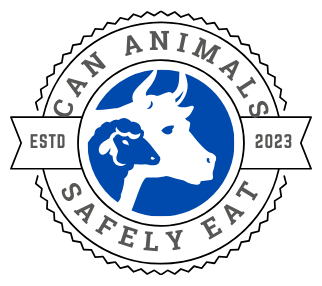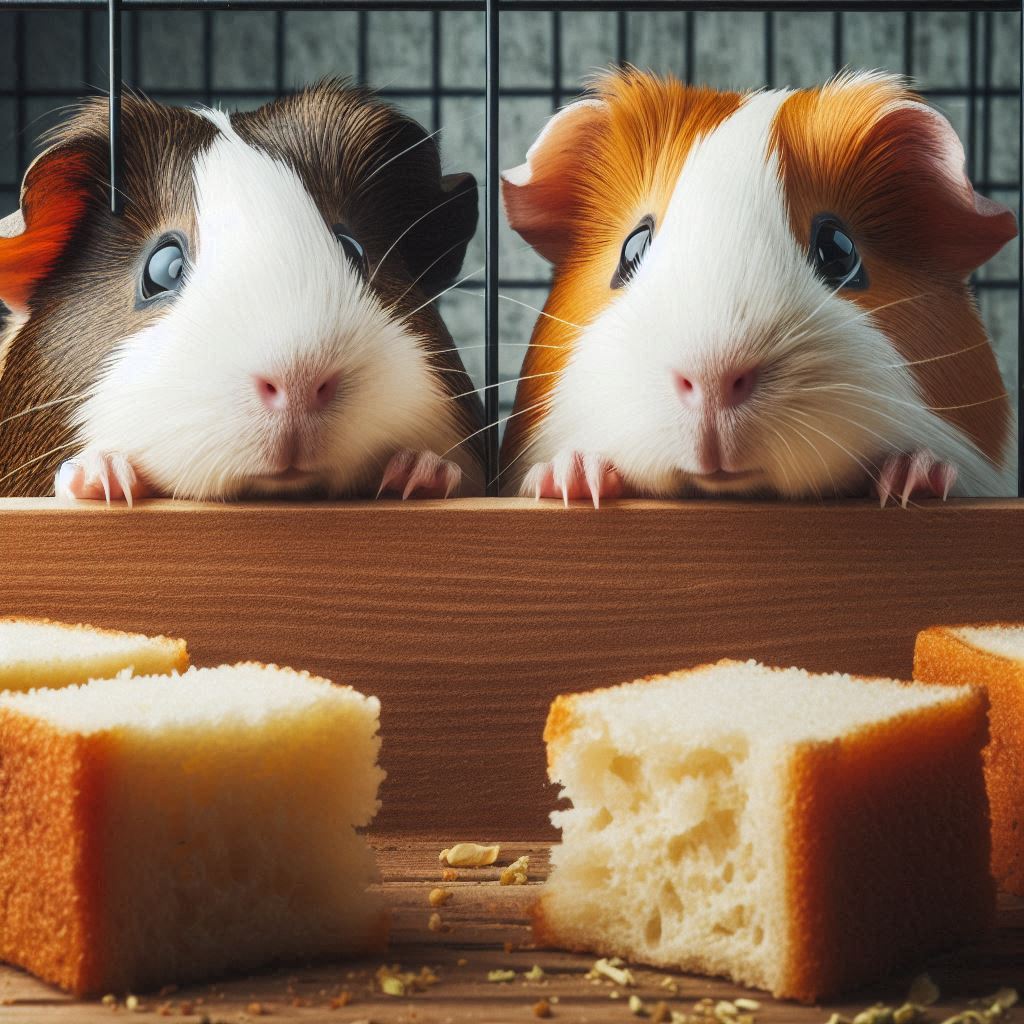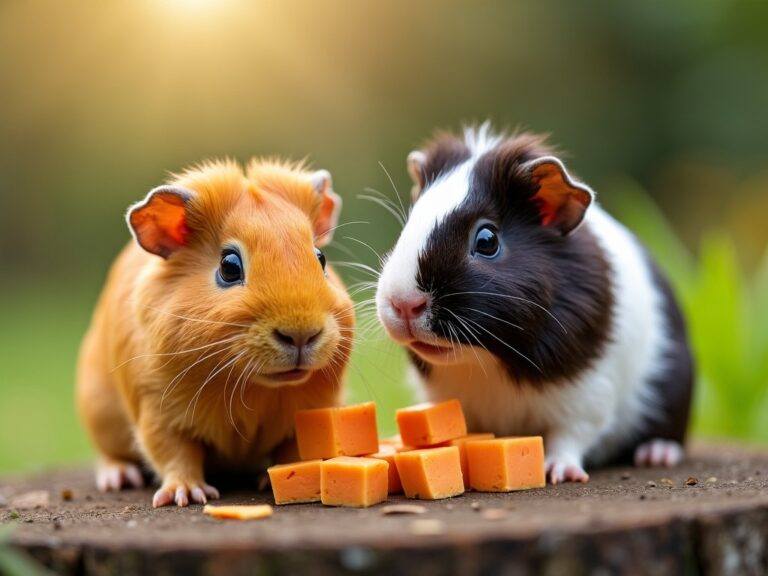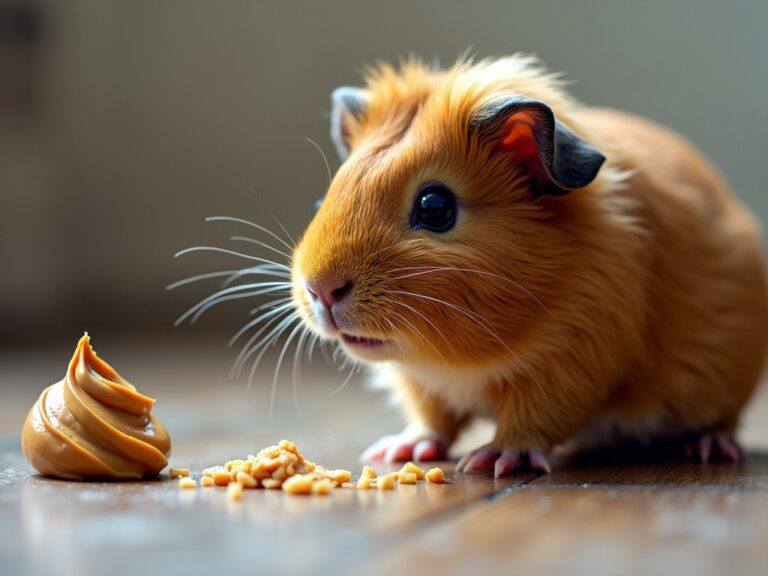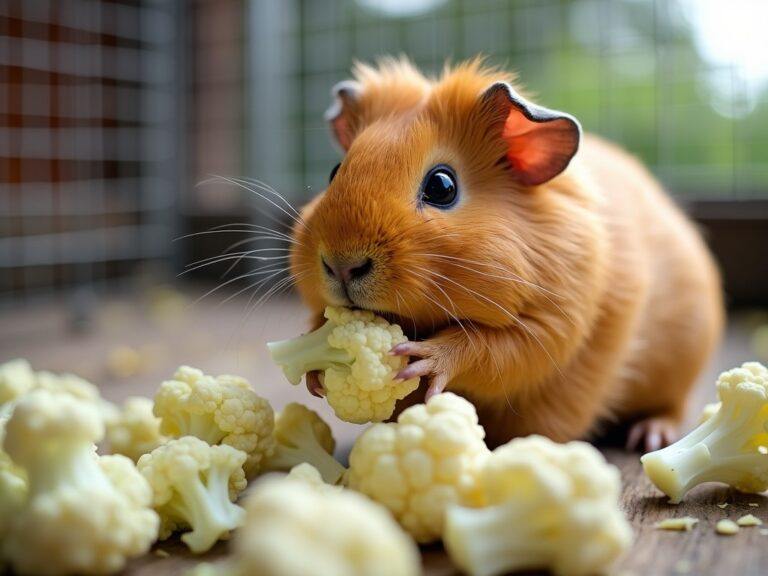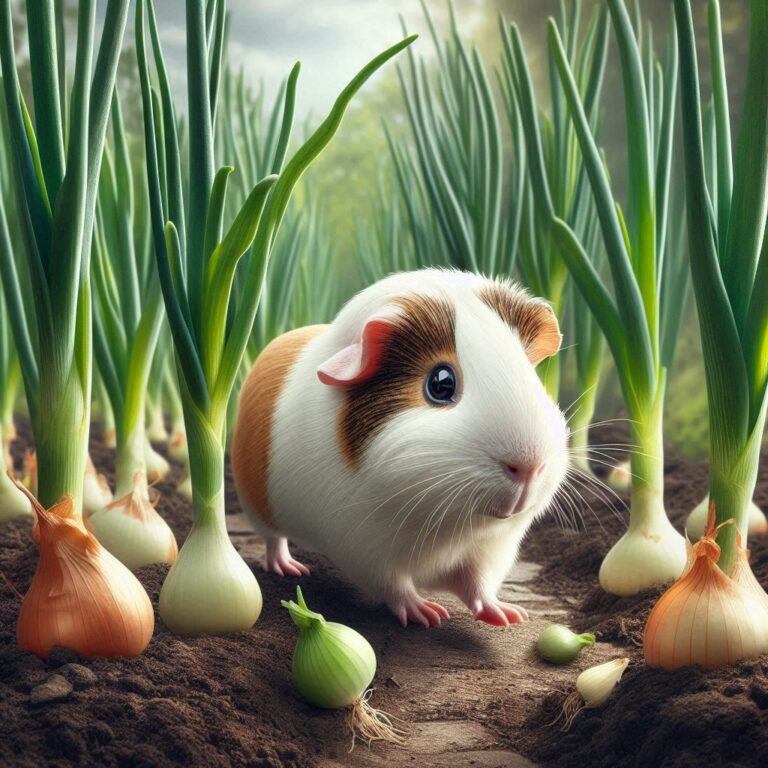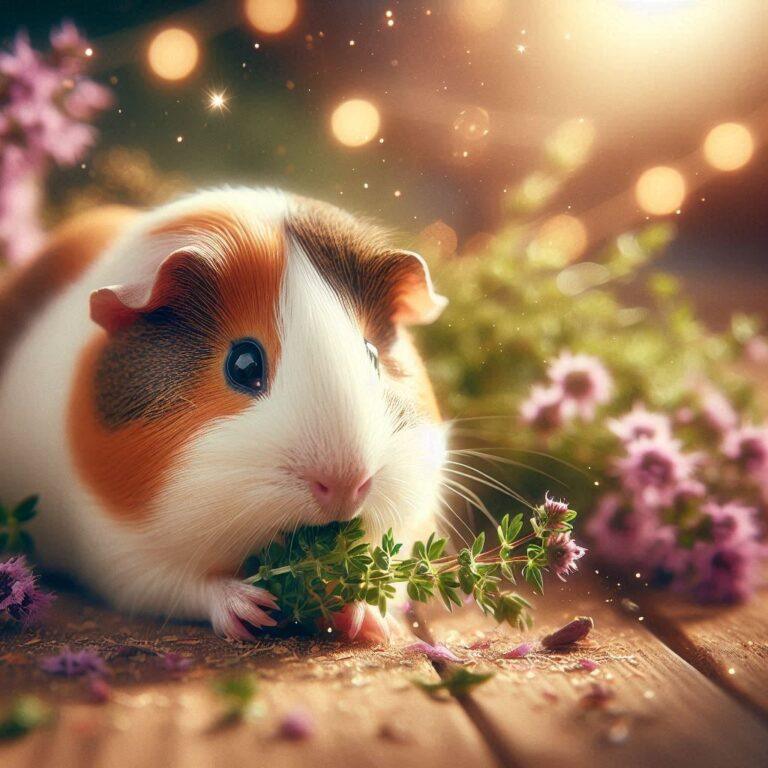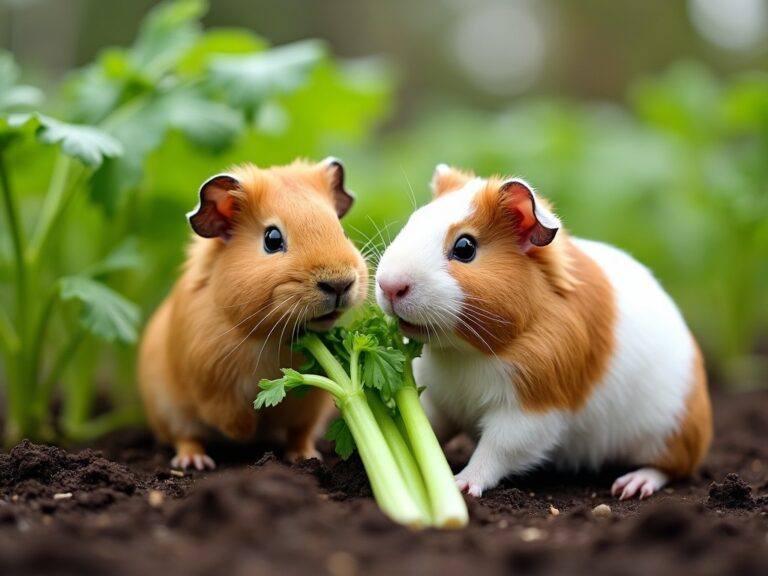Can Guinea Pigs Safely Eat Bread
Guinea pigs should not eat bread. Bread, being a processed human food high in carbohydrates and low in fiber, is not a suitable choice for guinea pigs. It lacks the necessary nutrients and can lead to digestive troubles, including bloating and an imbalance of gut flora.
Offering bread to a guinea pig can cause more harm than good. These animals are unable to process the sugars and yeast in bread, which can lead to serious health issues such as obesity and dental problems.
In addition, the texture of bread isn’t ideal for their teeth, which need to be worn down naturally through chewing fibrous material.
Remember, guinea pigs thrive when their diet mirrors what they would find in their natural environment.
This doesn’t include processed foods like bread. Instead, their health depends on good quality hay, which should be the bulk of their diet, alongside a varied selection of greens and pellets that are formulated specifically for their species.
What Makes a Safe Diet for Guinea Pigs
If I had to pick a pivotal element in a guinea pig’s health, I’d point to their diet without hesitation. Their digestive systems are finely tuned, requiring a specific balance of nutrients to function without a hitch.
High in fiber and low in fats and sugars is the mantra for these furry fellows.
In their natural habitat, guinea pigs feast on a variety of grasses and leafy greens, which provides them with the right mix of nutrition.
Fiber is non-negotiable in their diet, supporting gut health and aiding in digestion. Moreover, guinea pigs lack the ability to produce vitamin C on their own, so they must receive it through their food. This is why vitamin C-rich vegetables are indispensable in their daily intake.
Many guinea pig owners fall prey to the misconception that what’s safe for humans is safe for these little creatures.
It’s crucial to recognize that their dietary needs are quite different from ours. Offering them foods high in carbohydrates, sugar, or fats can lead to obesity, diabetes, and other health issues.
Ensuring you’re feeding your guinea pig the right balance of nutrients involves providing a variety of vegetables like bell peppers, broccoli, and leafy greens, with occasional servings of fruit for variety.
Always research before adding a new item to your pet’s menu and consult with a vet when in doubt.
Healthy Treats vs. Unsafe Snacks
Upon understanding the dangers bread can pose to guinea pigs, it’s crucial for pet owners to identify what is safe and what isn’t.
I always recommend focusing on treats catering to their dietary needs while avoiding snacks that could harm them.
When you’re looking to spoil your guinea pig, it’s important to stick to small quantities. A slice of cucumber, a piece of bell pepper, or a sprig of fresh parsley can be great options.
These not only keep them happy but also contribute to their nutritional requirements.
Introducing new foods to your guinea pig’s diet should be done gradually. This helps to avoid stomach upset and lets you monitor for any adverse reactions.
Make sure to wash all fruits and vegetables thoroughly to remove pesticides and cut them into manageable sizes.
Remember, moderation is key. Just like us, guinea pigs can have too much of a good thing. Even safe treats can cause issues if given excessively.
It’s our responsibility as pet owners to maintain the balance of their diet for their well-being.
An imbalanced diet can lead to a host of health problems for guinea pigs, from digestive issues to nutritional deficiencies. By understanding what’s safe and practicing moderation, we ensure the longevity and happiness of our furry friends.
